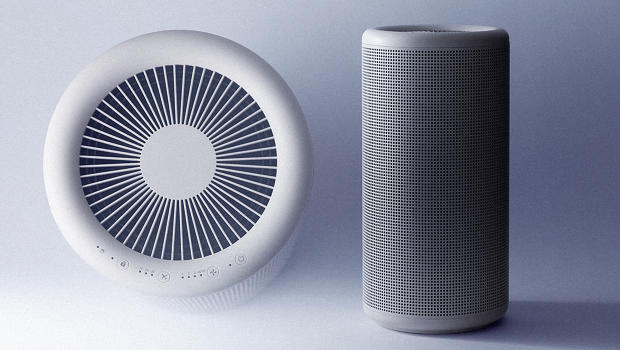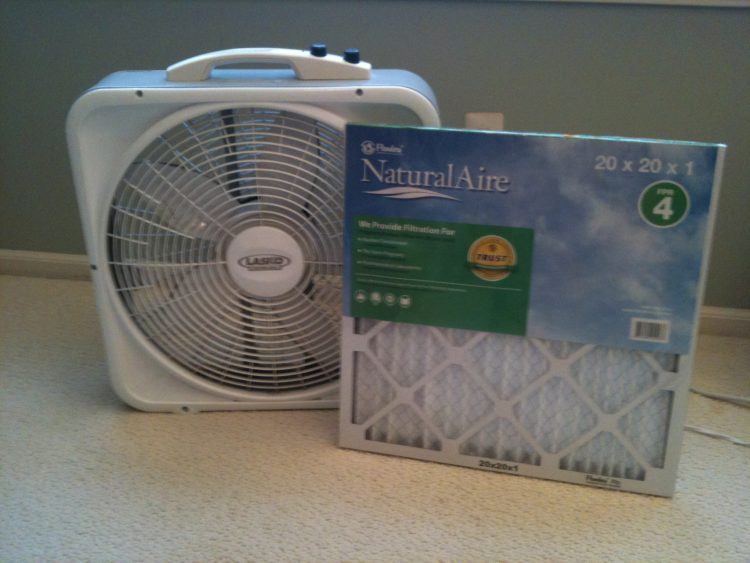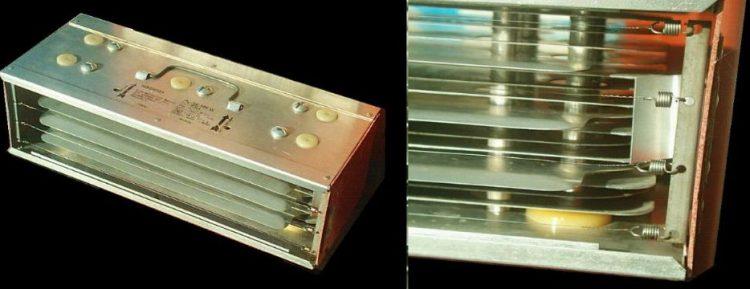
Sealed spaces mean that pollutants cannot escape into their surroundings, which can be a serious problem for the people who are living in those sealed spaces. As a result, if you have potential sources of pollutants in your home, you should take some simple steps to make sure that your air is as breathable as possible, which can range from turning on exhaust fans whenever and wherever possible to keeping glues, pesticides, and other chemicals far from your living space.
However, if you feel that these simple steps are insufficient, you should consider getting an air purifier, who lives up to its name by sucking in air and then removing it of the pollutants that are suspended in said medium. Although their health benefits are sometimes exaggerated, good air purifiers can still do a great deal to make your living space that much more pleasant.
What Are the Different Types of Air Purifiers?
If you are planning to buy an air purifier for your home, you should start by learning as much about the different types of air purifiers out there as possible before getting started:
First and foremost, you have a choice between a portable air purifier and a whole-house air filter, which are exactly what they sound like. Generally speaking, a portable air purifier is convenient since it can be moved around your home with relative ease, meaning that you can use it to handle whatever issues that might come up. However, it is important to note that it cannot process as much air as its counterpart, meaning that it is the less efficient choice. In contrast, whole-house air filters are better-suited if you are concerned about the air quality of your home as a whole rather than any particular space, though it should be mentioned that some of the more specialized examples might not be able to fit onto your existing systems without calling in someone to make some changes to them. Even worse, you can only use whole-house air filters if your home uses a forced air heating system since other systems will not be able to accommodate them.

Short for high efficiency particulate accumulation, HEPA filters are good at what they do while introducing no additional health risks on their own, which is not something that can be said about all of the options out there. Unfortunately, the fact that the filters pull pollutants out of the air means that they have to be replaced on a regular basis. Combined with the electricity needed to power the strong blower that moves air through the fine mesh of the filters, this can make them a surprisingly expensive choice.
The ULPA in ULPA filters stands for ultra low penetrating air. Like its name suggests, they are even better than HEPA filters while working on the same basis, being able to capture 99.99 percent of 0.1 micron particles compared to their 99.97 percent of 0.3 micron particles, but come with many of the same drawbacks. This option was created for hospitals and other environments with high standards of cleanliness, which really shows in its capabilities.
Electrostatic air filters use synthetic fibers to create a static charge for the purpose of attracting problematic particles. They are built using a relatively simple concept, so much so that some of them are sold as being entirely disposable in nature, while others are sold as permanent frames coupled with disposable filter pads. Unsurprisingly, electrostatic air filters cost less than the previously mentioned filters but also capture a much smaller percentage of pollutants. In this case, you really do get what you pay for.

As their name states, ionizer purifiers create ions that capture particles by latching onto them, which comes with three potential problems. First, the best models come with a fan to speed up the flow of air, which can be noisy. Second, the process creates small amounts of ozone and oxidants, who can pose a threat to human health in sufficient concentrations. Third, they tend to cause dirt and dust to cling to surfaces around themselves, which can be a hassle to clean up.
Electrostatic precipitating air cleaners suck in air so that the particles suspended in it can be drawn out through the use of electric charges. Under normal circumstances, they provide great results at a great price save for the high initial cost, but also produce more ozone than the other options mentioned here. In fact, ozone is such a serious health risk that ozone-emitting devices are actually banned in the state of California, which is one of the biggest sources of consumers in the entire United States.
How Can You Choose the Right Air Purifier for You?
You start by figuring out your budget, which serves to narrow down your choices by eliminating all of the ones that fall outside of either your ability or your willingness to pay for them. After all, while air quality is important, it is almost certainly not so immediately important that you should risk your finances for their sake.
Then, you need to figure out how much air your air purifier will have to keep clean and breathable, which gives you guidelines on the specifications of the device that you should buy. Combined with your budget, this should result in a significant narrowing-down of the options that remain to you.
Finally, you need to decide what factors matter the most to you in the context of the room that will be hosting your new air purifier. For example, if you want an air purifier for your bedroom, you probably don’t want something noisy that will keep you up at night. Similarly, if you know that you will not be able to spare much time and attention for your air purifier, you might not want to get something that will need fairly regular maintenance to continue performing at its best. With that said, if there is anything that you are not sure about, you should not hesitate to ask the salesperson all of the questions that you want to ask because you cannot hope to make the right choice without having all of the necessary information available to you.


Comments
Loading…